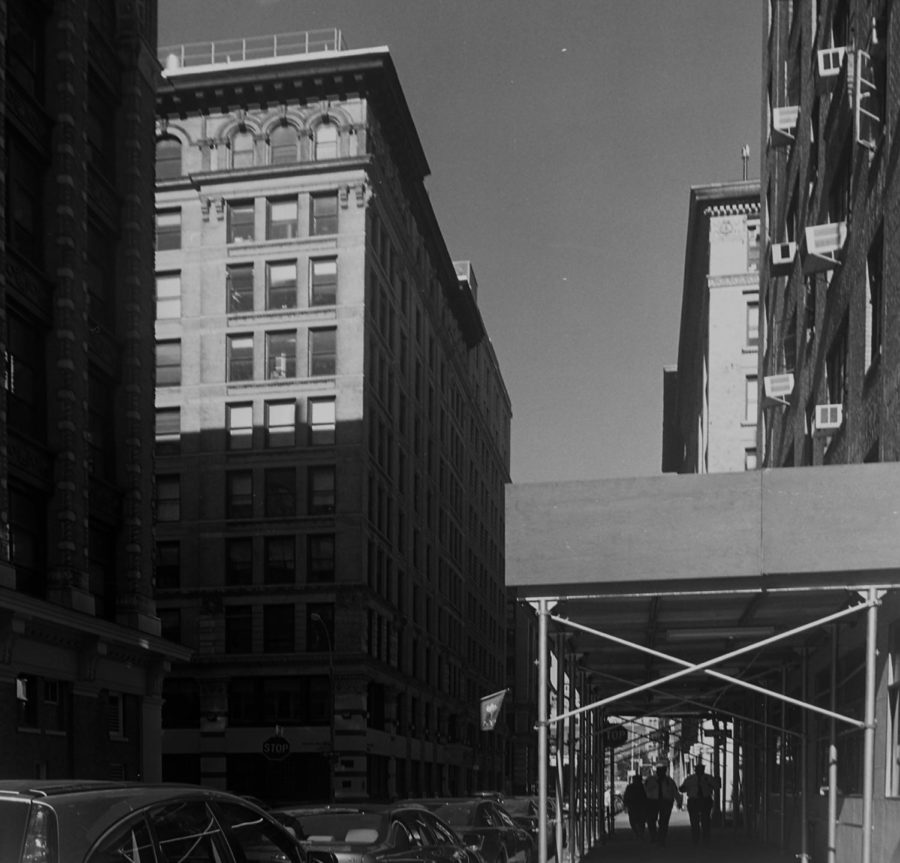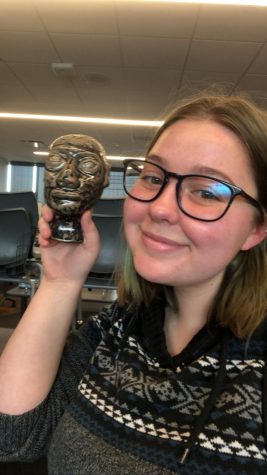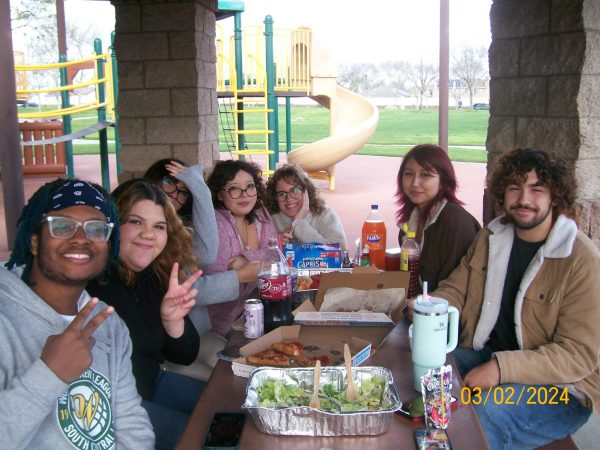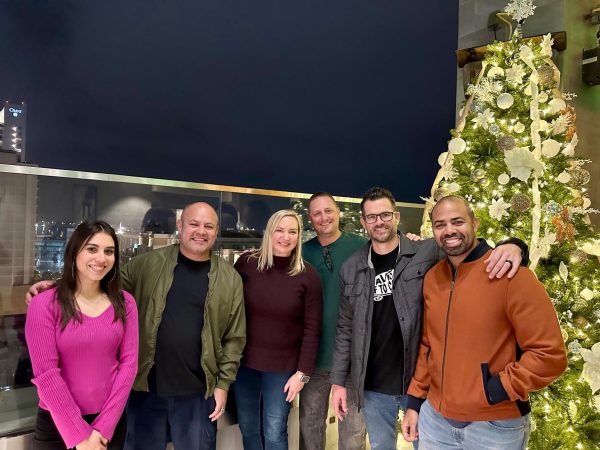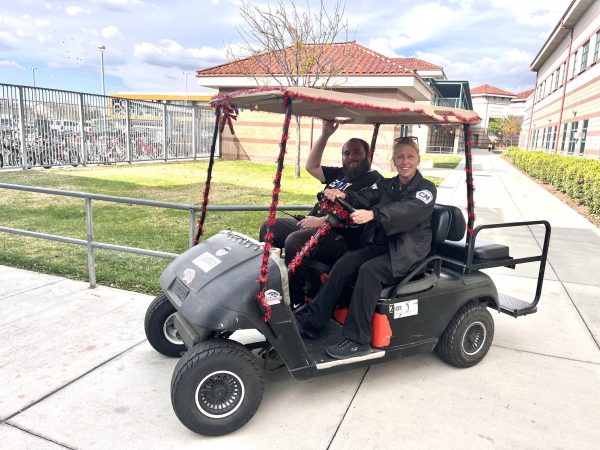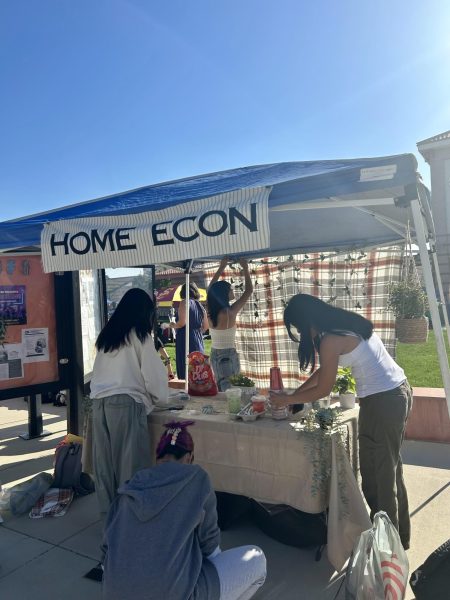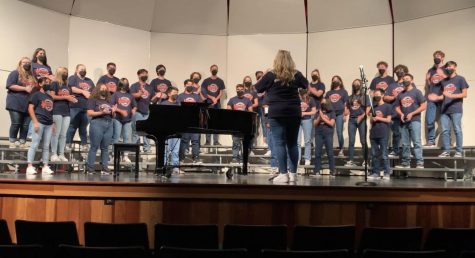Triangle Shirtwaist Factory Fire
The building that housed The Triangle Shirtwaist Factory years later, now owned by NY
October 19, 2019
On March 25, 1911, the biggest fire tragedy before 9/11 struck Greenwich Village, New York, yet a sophomore student at ERHS, who rather remain anonymous, commented that he had “never heard” of The Triangle Shirtwaist Factory Fire.
The Triangle Shirtwaist Factory Fire threw the world into a new age of workers unions, political reform, and protections for employees.
The Factories
To understand the effects of the fire we must understand the Second Industrial Revolution that included the rise of factories at a time when our government was laissez-faire (refusing to interfere with the free market). People flocked to cities to get jobs on the assembly line. For the first time, more people lived in urban areas rather than rural areas. The work force also faced its own new problem set.
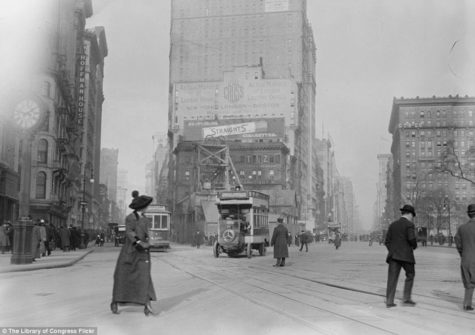
Fifth Avenue and Broadway in the early 1900’s
Factories were dirty, demanding, and dangerous. Disease ran wild through the masses of workers because of the lack of sanitation and close proximity. There were no regulations on hours, ages, or pay. Children as young as possible could work for 12 hours with pennies pay without anyone to call out the owners. There was no protection in case of accidents. Now we have workers compensation and government help after injury, but before the employee would simply be fired and have to fend for themselves. Not only was physical injury terrifying but there was no building regulations because there had never been buildings like this.
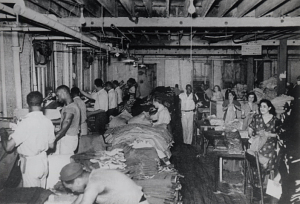
A sweatshop of New York that created pants
The workforce itself was originally men but then shifted to woman and again to children because they could be paid less. When talking with Jeremiah Murray, ERHS history teacher, he pointed out that to know why Americans do something, “follow the money”. Women and children were a cheaper work force because they were seen as less and were more desperate. Most factory workers were also immigrants trying to get their feet under them in a new country with even less rights.
Workers unions and rallies were gaining traction in New York during this time. However, they were not yet enacting change. They were still small bands of workers who could lose their jobs for unionizing and putting on soapbox speeches for people who would listen.
The Triangle
The Triangle Shirtwaist Factory was owned by Issac Harris and Max Blanck who made it their mission to make as much money as possible. The Triangle produced large amounts of shirtwaists, a garment worn by the “working woman”.
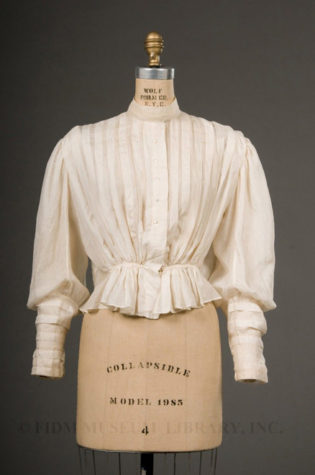
A shirtwaist is the type of blouse sewn in The Triangle Shirtwaist Factory.
The Triangle was staffed almost exclusively with young woman in their late teens and early twenties. A large portion of the women were Jewish immigrants. They worked on long rows on sewing machines and worked restlessly to make their daily quotas.
The doors opened inwards and were only large enough to admit one person so owners could check purses to prevent workers from stealing scraps. Doors and windows remained locked to ensure no breaks were taken. Fire escapes were inadequate. No sprinklers were in building at all. Scraps were continuously left in large piles throughout floors and were perfect fuel for the fated fire.
The Fire
The fire broke out along the eighth floor of factory building. It is believed a cutter threw a lit cigarette into a scrap pile and it grew from there. The fire hose didn’t work and it could not be controlled. The owners and people on the tenth floor escaped onto the roof and across to other buildings. People on lower floors escaped down the stair wells. The worst of the damage was to the ninth floor.
Without warning the massive fire exploded into the floor. It ate everything in sight. The women of the ninth floor ran to the exits only to find them all locked. The elevator that held 14 people made only a few stops before it was forced to stop running. The fire escapes were collapsing. The fire ladder reached only the 6th floor fully extended. And the net being used to catch women ripped after three people jumped at the same time. They were some of the first casualties by falling.
People jumped from windows to the pavement below rather than go in the fire. Some fell from the fire escapes in the collapse. Some jumped down the elevator shaft. Many died of smoke inhalation.
One of the most vivid pictures was actually in a book by Carol Goodman where she compared the triangle women to “birds beating their wings against a cage…like butterflies pressed between panes of glass.”
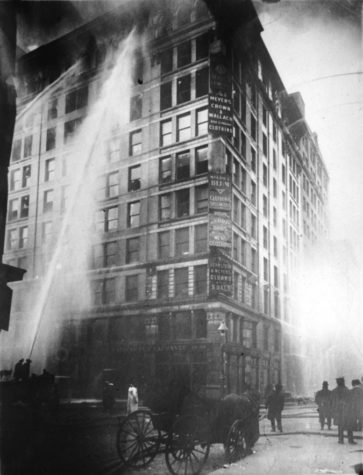
Fire hose putting out remaining fire on The Triangle Factory building
In the end 146 women died in the Triangle Shirtwaist Factory Fire of 1911. The youngest were two 14 year old girls, Kate Leone and Rosaria Maltese. The last victim to be identified was Gussie Rosenfeld.
A list of victims can be found on this site- https://www.famous-trials.com/trianglefire/974-victimslist
The Aftermath
The immediate result of the fire was the owners being put on trial for first and second degree manslaughter. In December, they were acquitted. They received a massive insurance pay out that gave them a profit of $400 for every victim. Struggling to keep business going, they decided to close down shop.
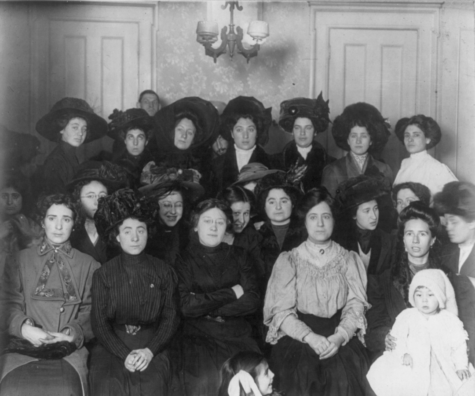
Mainly shirtwaist workers on strike
However the long term affect of The Triangle Fire is remarkable. Unions, strikes, and rallies surrounding the Triangle and the reforms that needed to happen to prevent another similar tragedy launched the work into the Progressive Era. The government began taking control of the market and regulating workers’ rights and building codes. Laissez-faire government was no more in America as they strove to make better working conditions for all people. Without the triangle fire, the history of workers’ rights would be radically different.
The Relevance
The Triangle Shirtwaist Factory Fire happened more than a century ago, yet it still has bearing on our lives now. It is a reminder for us not to wait for a tragedy to change. A constant thread through history is how much easier it is to notice a problem after it has become uncontrollable. We can’t let another tragedy like The Triangle happen again because our citizens deserve better. We need to listen to the people who are silenced, like the factory workers, and be proactive.
The Triangle workers were killed because we were more concerned about money than our people. Its time we value lives over the dollar sign.

